A guest article written by “Twitter User Jay.” (@Jay09784691)
I’ve been fortunate enough to have slides shared with me by Dr. Garry Nolan (@GarryPNolan) a professor at Stanford University who has been undertaking some incredible work on a patient population brought to him by Dr Kit Green that might shed light on individuals with unique cognitive and intuitive abilities. The study was accomplished in close collaboration with Dr Christopher (Kit) Canfield Green who worked for the CIA between the 1970s and 1980s, and who is now a private physician in forensic medical practice, and is affiliated with the Departments of Diagnostic Radiology and Psychiatry and Behavioral Neurosciences at the Wayne State School of Medicine and Detroit Medical Center.
The presentation itself occurred during the Consortium for Space Genetics at Harvard Medical School, so carries weight not only from the people giving the presentation but from the venue as well. The whole talk centers on one main topic with two relating subtexts. The leading reason for the talk is questioning whether there is evidence for biological indicators that identifies people with unique forms of intuition and the two subtexts being the intuition itself with related information on what’s known as “experiencers” – more on those later.
It’s important to mention that some of the details may sound like a work of science fiction, but the information here was presented to a group of mainstream scientists at one of the most prestigious universities in the world. If doubt arises, please consider performing some research into the authors of the paper and looking into the histories around this subject. While it’s important to have some skepticism, I would suggest it’s also important to consider the wider picture and message being sent.
Several of the slides are included in this article to better represent the information that was shared at Harvard back in December 2018; as agreed with the authors of the slides not all can be shared. The first slide is shown in Figure 1.
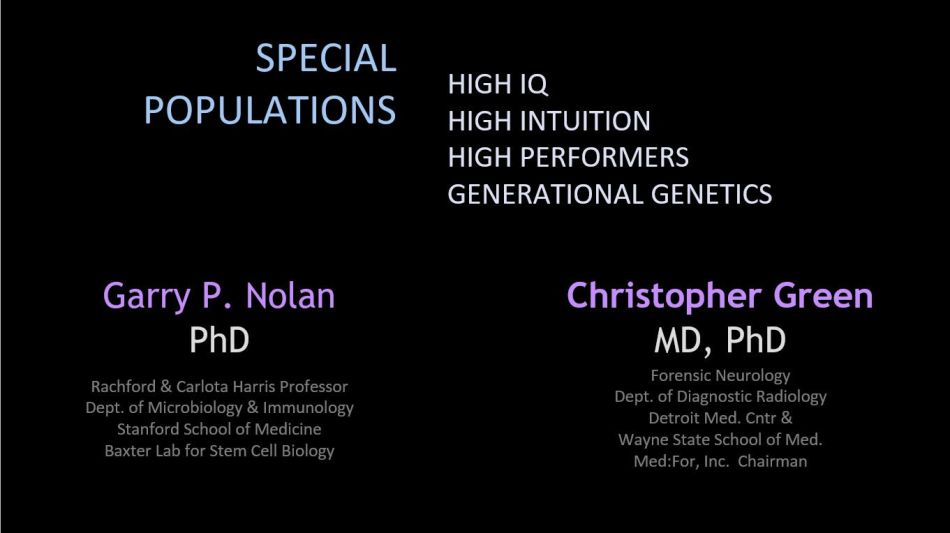
Figure 1. Opening slide of the presentation by Drs. Nolan and Green at Harvard.
What is Intuition?
A question asked in the talk is whether there are forms of inherited intuition that are handed down across families that allows for distinct forms of intelligence and which are correlated, roughly, by contributing to higher IQ (later referred to those with >140). The subtext asked is whether this benefits the population with “high intuition” and “high performance”. It would appear these indicators are present in the patients included in the trial, however, it’s not clear whether such high performance is absolutely required to be considered an “intuit” along with the required brain connections (discussed below). According to Green and Nolan, a wider patient population will be required to explore this matter further.
The primary section of interest will be the intuitive abilities, since high performers – while rare– are possibly less unique than people with the brain features as outlined in the presentation. The definition of intuition, and there are many, are initially mentioned in Figure 2.
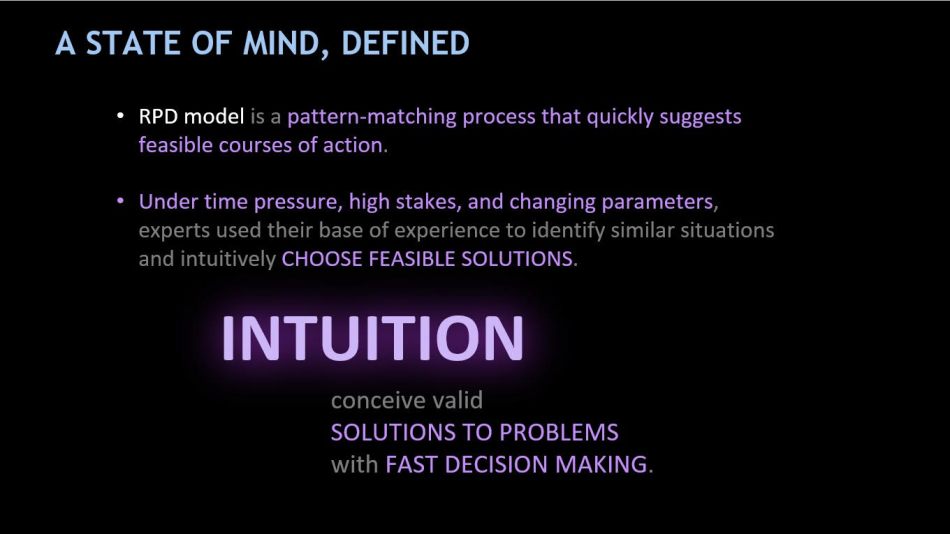
Figure 2. RPD model = Recognition Primed Decision
The concepts above are from the mainstream literature, which has honed an understanding of where decisions are made in the brain when presented with complex problems to be solved in 1) limited time and with 2) limited information. The cohort studied by Green and Nolan included a heavy sampling of individuals whose daily jobs, and lives, depended on taking the correct course of action for time-limited events and have fast problem solving. While interesting, this alone doesn’t make the patients seem especially unique, it’s when we get later in the slides that we start to get an idea of the broader picture.
The following was included in the presentation to show that identification of a particular area of the brain involved in these processes may have been first recognized by a Russian neuroscientist by the name of Oleg Sergeivich Adrianov (Figure 3).
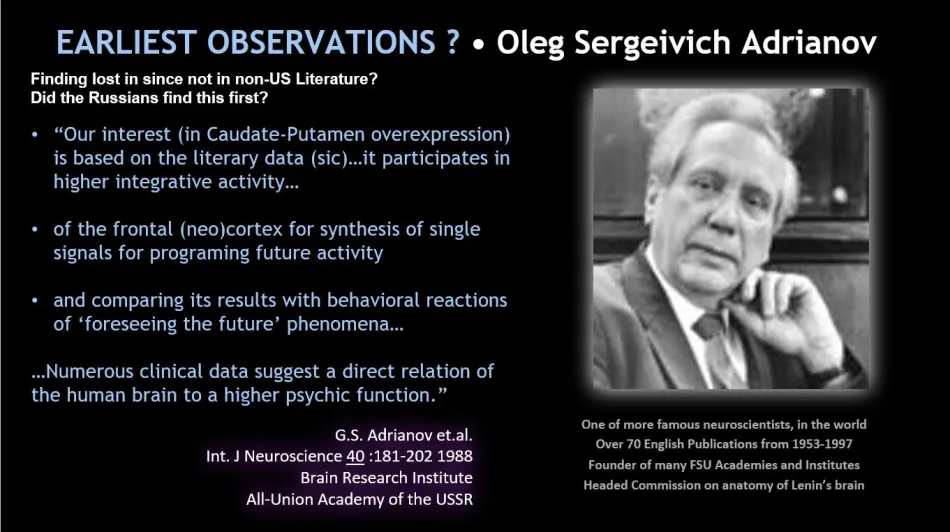
Figure 3. Excerpts from Oleg Adrianov’s paper in 1988.
Now this is where the nature of the patients’ abilities starts to reveal itself. Dr. Adrianov has called out “high integrative activity”, which is much the same as listed in the prior slide, and then, “programming future activity” and “foreseeing the future”. All of which allow the brain to have a “higher psychic function”. This is especially interesting since it seems to indicate that people can anticipate future events. Of course, that’s what intuition is—just predicting what might happen. The open question is from where the information in the brain, or environment, arrives. Whether these people are particularly good at processing information from their senses in a way that allows them to predict the most likely course of action logically or if they’re witnessing some sense of future information remains unanswered. I believe it the latter. If they’re able to foresee (remote view) the future, without having the data at hand as understood by mainstream physics, then it would suggest that some level of precognition of future events are possible. While none of the slides even speculate about this per se, the mention of the work of Dr. Adrianov is revealing in and of itself.
While an aside, it was alluded to elsewhere in the slides that people have “multiple episodes” without explicitly stating the type of episodes suffered. It’s specified as being “Hallucinations… NOT”, so presumably these people are getting visions or are seeing/hearing things to which the general populace may be oblivious. Later in the slides it’s mentioned that people see “visual and auditory of orbs, voices, entities”, it’s worth noting that these experiences are not detailed beyond this piece of text.
Experiencers
Individuals commonly referred to as “Experiencers” are people that have received exposure to something that would normally be referred to as paranormal, whether that be UFOs, spirits, ghosts, or religious apparitions. These can be experienced when these people are, as mentioned in the slides, “awake”. While the talk never specifically mentions paranormal, it seems to suggest that hallucinations may not explain the visual or auditory experiences, the slides are vague on this point. I suspect this was Dr Nolan’s intent to not distract from the central message of “real science” and data.
The presentation again mentions savant level IQs, so it can only be assumed that this is a main requirement for the experiences. It also has more references to genetic inheritance as two brothers and their mother are mentioned as well as a father, mother, and daughter.
While the study points out to the, now, mainstream understanding of the caudate-putamen’s role in processing complex information, it is possible to speculate that the study population might be capable of interpreting some information from their environments to which the rest of the population may be somewhat blind. Whether this is the “akashic field” that’s been spoken about in various esoteric religions and scripts, Annie Jacobsen’s reporting on the “spidey sense” program (http://time.com/4721715/phenomena-annie-jacobsen/) , or something else is not clear. Considering it’s mentioned that people see “entities”, it may be possible that such a thing (whatever they are – religious spirits, aliens, fairies, etc.), if existing, may be drawn to these people. We should consider the possibility that they’re attracting these things as these people can interpret their environmental changes in a manner that makes some forms of communication feasible. Without full analysis of the communication across a blinded population, it may be impossible to read much more into any possible consistent message being received. However, this is speculation on my part.
Caudate-Putamen
The general focus of the slides appears to be the identification of a physical biomarker (by MRI brain scan) that can be used to identify people that have these novel traits. There are no references to DNA analyses in the slides, so the genetic DNA markers are unlikely to have been identified by the time of the presentation. It’s entirely possible that should the features be genetically determined, they will require the interplay of thousands of genes that architect the relevant brain functions, making genetic analyses difficult until more precisely determined.
The brain feature that correlates to this patient population are the connections between the caudate and the putamen. Helpfully, the slides show normal brain connections compared with those in the study group, again none of the brain scans from the slides can be shared here due to privacy reasons.
In some of the images it’s possible to see a scan of a patient with the specific caudate and putamen connections with the relating sections highlighted. While the MRI scans cannot be shown here, some of the “cartoon” 3D renders that have been prepared are shown in Figure 4.
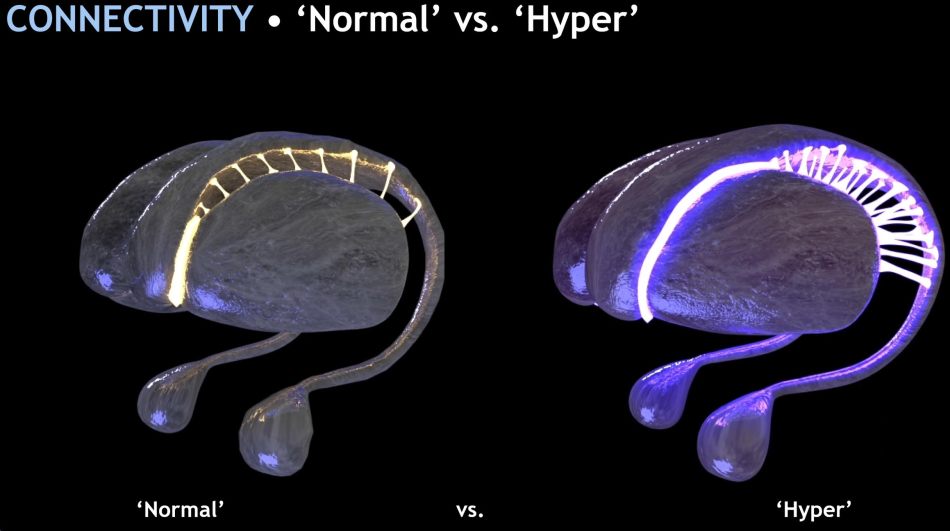
Figure 4. The snapshot in this image is from a slide showing a 3D spinning representation of both the control (i.e., “Normal” people) and the intuit (listed on the slide as “hyper”). The visual representation above where there are “bright” regions indicated heightened areas of neuronal connectivity between the head of the caudate and the putamen.

Figure 5. A diagram from the literature of the Caudate-Putamen.
The oval shaped section is the putamen with the tail being the caudate (see the figure above for specifics, from http://what-when-how.com/neuroscience/the-basal-ganglia-motor-systems-part-1/).
In the 3D rendered image of Figure 4’s slide, on the right all the additional connections (termed hyper) between both parts are highlighted (the lines or nerves connecting the two). The total number of these connections or strands are not as complex for the control population (as measured in 100 ‘normals’), as shown in the left-hand side of the image.
Fundamentally, the additional connections (or strands) between these areas of the brain are speculated to identify people that have higher intuitive capabilities that are not present in the greater populace. At present this is only correlation, speculation, and no causality has been demonstrated. The significance of these findings may start to become more apparent as more details are released and data are available. Dr Nolan insisted in our side discussions that these findings are, so far, preliminary data and require considerable further analysis. While the study was carried out in a blinded fashion, it was his feeling that the study of this area of the brain can be accelerated by pointing out these findings to others for independent verification and invite the field in general to participate. Apparently, since many mainstream scientists are focused on this area of the basal ganglia and its role in decision making processes, data will be forthcoming from others to support, or not, the speculation put forward.
Whether or not these people are approaching an evolution of the species or if these types of rare connections are present in what would have been present in the shamans of the past remains unclear, but it appears that Drs Nolan and Green are onto something interesting.
It’s worth noting that patients with ADHD and autism (as presented in the talk) have been shown in the mainstream literature to have deficits in the caudate region of the basal ganglia—among other deficits. This supports the role of this region in “perception” and information management. There are no indicators as to the population size when compared to the control to determine percentage rates across the general population. But publicly available databases of brain MRIs might be scanned to determine the frequency of the trait.
Might our species may be going through an evolutionary process as suggested by several scientists in their papers over the past few years? My speculation in this blog posting is that perhaps as consciousness evolves to interpret messages from elsewhere (for instance a hyperdimensional space if you’re willing to accept the “woo”), then this region of the brain might be involved. Considering that super-string theory suggests that there may be as many as ten spatial dimensions and that our minds, or consciousness, appear to exist in something greater than the three usual spatial dimensions, then maybe there is some exposure is occurring to wider/greater dimensional spaces.
The significance of the details of this presentation are potentially dramatic. While Drs Nolan and Green were not claiming at all that this area of the brain functions as an antenna per say, what if humans are experiencing evolutionary changes that allow access (whether visual or auditory) to some future events, and be in receipt of information from something “other” that currently can’t be easily objectively measured? Given the role of the caudate putamen in the mainstream understanding of information processing, it is reasonable to speculate it would be involved in processing data from anomalous sources.
While it may be trickier to accept, there have been suggestions from psychics in the past that have for all intents and purposes intuited the exact same brain connections Drs Nolan and Green determined empirically. Specifically, Dr Nolan called out in one of his later slides the book “Through the Curtain” by Viola Petitt Neal and Shafica Karagulla. Ms. Neal talks about this exact area of the brain, it’s connections to higher consciousness capabilities in the 1960s—well before mainstream neuroscience understood the role of the caudate-putamen in cognition. The full detail around this will be covered in a later article.
For some further reading, I would suggest some of the following scientific papers (also check my Twitter account for more; @Jay09784691):
Theoretical Physics Between Adjacent Realities by ex-NASA scientist Alex Vary.
Tuning the Mind in the Frequency Domain by Shelli Renee Joyce.
Analysis of Technically Inventive Dream-Like Mental Imagery by Bruce Towe and Cay Randall-May
Intuitive Consciousness and the Logic of Single Field Physics: A Conscious Synergy of Worldviews and Theories by James Beichler and Sperry Andrews
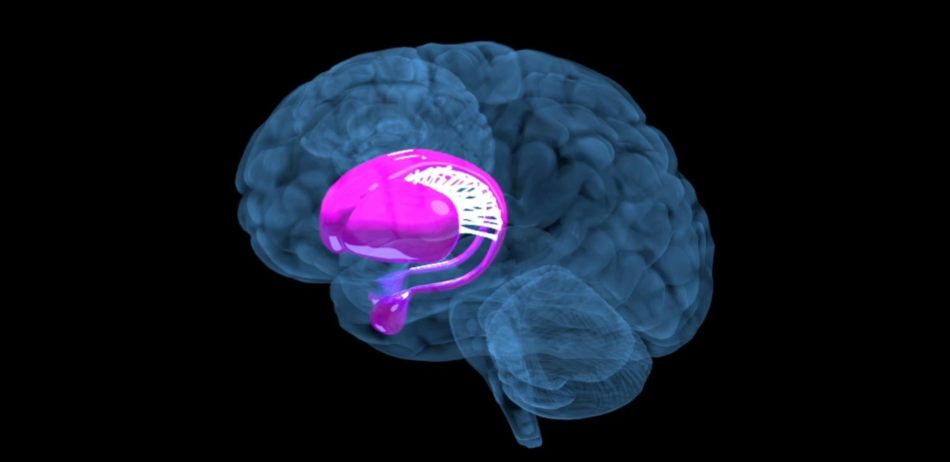
Additionally, @Shawn_Hollahan prepared some of the images and assisted with the PowerPoint for Dr Green and Dr Nolan.
An audio/video version of this post can be found here.

A very important finding.
LikeLike
Smart individuals are observant. They notice everyting around them and they remember what they observe. Importantly, smart people realize “that was not there a month ago” which they also remember.
LikeLike
Pingback: Bio-markers, Brain Structures and Embracing the Strange - Tribal Hacker
Pingback: Bio-markers, Brain Structures and Embracing the Strange – Esophoria.net
Another important finding is the discovery of a UFO Rosetta stone that has successfully linked UFOs to each other as well as countless ancient artifacts proving that aliens not only exist but have been nurturing mankind since the beginning…”Unsettling”-LA Times
https://www.facebook.com/michael.orrell.79
LikeLike
Love the article, Jay! This is so promising. Can’t wait for more data to be released. Great work! Thanks for hoisting this, Danny,
LikeLike
Hi all . I have autism I have had alot of experiences with the above dreams of the future events . more than willing to speak to anyone in regards to subject
LikeLike
@Sean campbell
You can contact me , aweerasekera@mgh.harvard.edu
We plan to conduct a research study.
Akila
LikeLike
Thanks Danny. Excellent article.
LikeLike
ADHD. not diagnosed until adulthood. from earliest memories in youth to late adolescence i would have frequent pre-cognitions. i always found it terrifying and bizarre in the total mundanity of these precognition visions.
they usually consisted of a setting, a person, and that persons throwaway but inconceivably specific utterance in reaction to whatever was happening around us. a person at a bus stop, or a new tv commercial, etc.
as i entered young adulthood and began to abuse marijuana and alcohol, the precogs slowed to a near stop. i was weirdly relieved at the time. as i got medicated for adhd and acquiring more serious substance use disorder (opioids) they stayed suppressed, although my eccentric / idiosyncratic weirdo brain retains certain unique fraction percentile qualities and quirks, i’ll never be able to open the mail or succeed at fucking anything, that’s the only certainty.
LikeLike
Do these entities exist.My experience and mind says yes.What they want is difficult to say.Family and friends do not understand.Since 1966 at Graffenwohr Germany the Process started.Since then I have felt guided as where to live with my family.I have had bruises on my ankles and shoulders.I have been a Ham operator since 1961.I have worked as a technician in a research facility for 40 years.I see anomolys lights in the sky every clear night.The lights ,some of them pulsate with different colors.I built a simple detector to possibly get digital signals from them.They came into my house and removed the detector and later came back and took my recorder.I wake up at 3 every morning and look out my window.I usually see them.This not just a story,I don’t want anything from it.I have experienced many nightime visits.Don’t like it.Spirits do not take objects or leave bruises.Like it or not something is going on.
LikeLike
@George Fahnestock:
Is it possible to get in touch with you? We are conducting a study with experiencers, perhaps you would like to partictipate?
Best
Akila
LikeLike
Yes,how would you contact me?
LikeLike
Please send an email to:
aweerasekera@mgh.harvard.edu
LikeLike
Very disturbing when basement shelves are torn down and Items taken.They didn’t use the door or windows.Go figure.
LikeLike
63699 Mufon report,also on Openminds.
Heard voice in my head last night ,it said Do not be afraid. Was watching objects in the sky at the time.About 3:30 AM
LikeLike